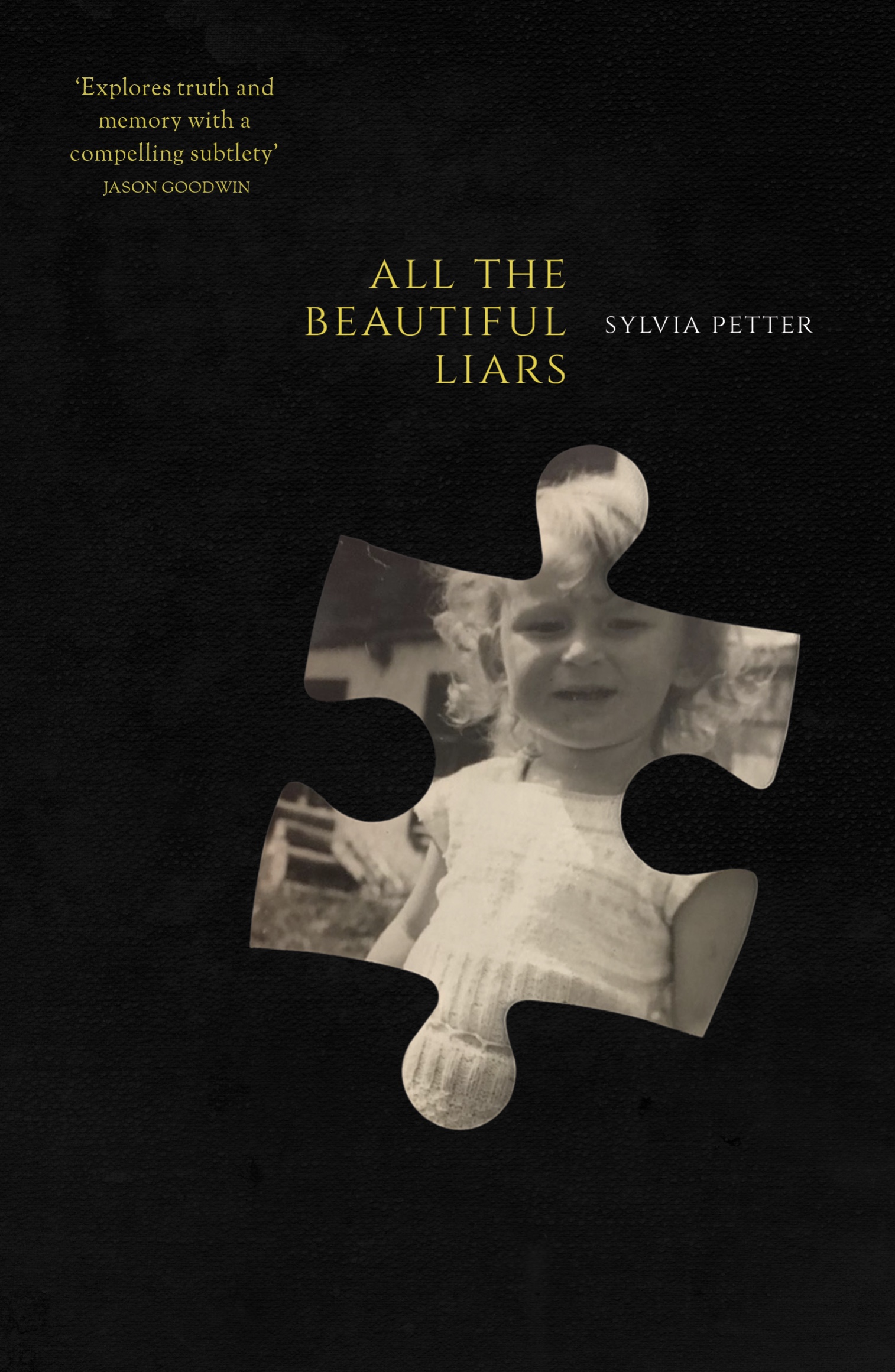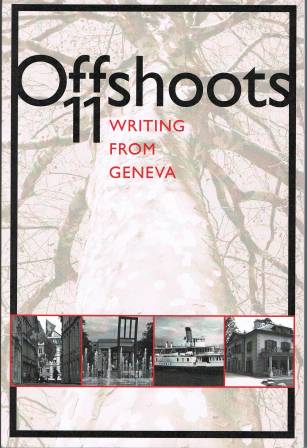I’d sink my spare cash into the production of “a special photo book, the likes of which has not yet been seen.
33 blind people aged 4 to 76 agreed to be photographed according to their own perceptions of how they see themselves and how they want to be seen. Each of the 33 photographs is accompanied by a short text in which the sitters each tell about themselves and their photograph in their own words.
By means of a special printing method made possible by the Deutsche Zentralbücherei für Blinde in Leipzig (the German central library for blind people in Leipzig) all of the printed photographs will be additionally embossed. The aforementioned texts, as well as brief captions to aid tactile navigation, will appear both in Braille and as regular printed text. In other words, the complete content of the book (images and text) is accessible to both blind and “sighted” people.
This new project pioneers the following:
– the first photo book for blind people (and for everyone else),
– the first time that blind people have exercised complete control over their own portrait,
– the first time that blind people will be able to feel their own photo portrait.”
Ronnie Niedermeyer uses the medium of photography to broaden people’s perceptions by photographing things that cannot usually be photographed. His first photo book, “Time and Vienna” (2000 copies published, now sold out) was an attempt to photograph time. He did this by visiting places in Vienna in which time appeared to have a different, unusual relationship to space. The book is divided into time-chapters that each begin with a clock at the locale photographed. This emphasises the inherent timelessness of these special places.
With the new book project, he set himself the goal of photographing sight itself. Leafing through the book can help blind people comprehend how “sighted” people see, and at the same time, it can help “sighted” people comprehend how blind people see. While the book can be enjoyed by blind people or “sighted” people independently of each other, it is also possible for a blind person and a “sighted” one sitting next to each other to each access the same information at the same time. Art hereby intersects two worlds of perception that have almost always existed parallel to each other. Furthermore, the self-portrayal of blind people can help “sighted” people dispel some of their preconceptions and recognise the variety that can exist in the lives of the blind.
The book’s content (33 photographs, 33 captions, 33 personal texts, 1 prologue, 1 epilogue and 2 additional photographs for the front and rear covers) is completely available in digital form. All production stages of the book are being discussed with blind people who have experience in various relevant fields, and some of these people have accompanied Ronnie from day one.
_____
I’ve used Ronnie’s own text because I think he is best placed to describe his exciting project for which he is seeking sponsoring.



